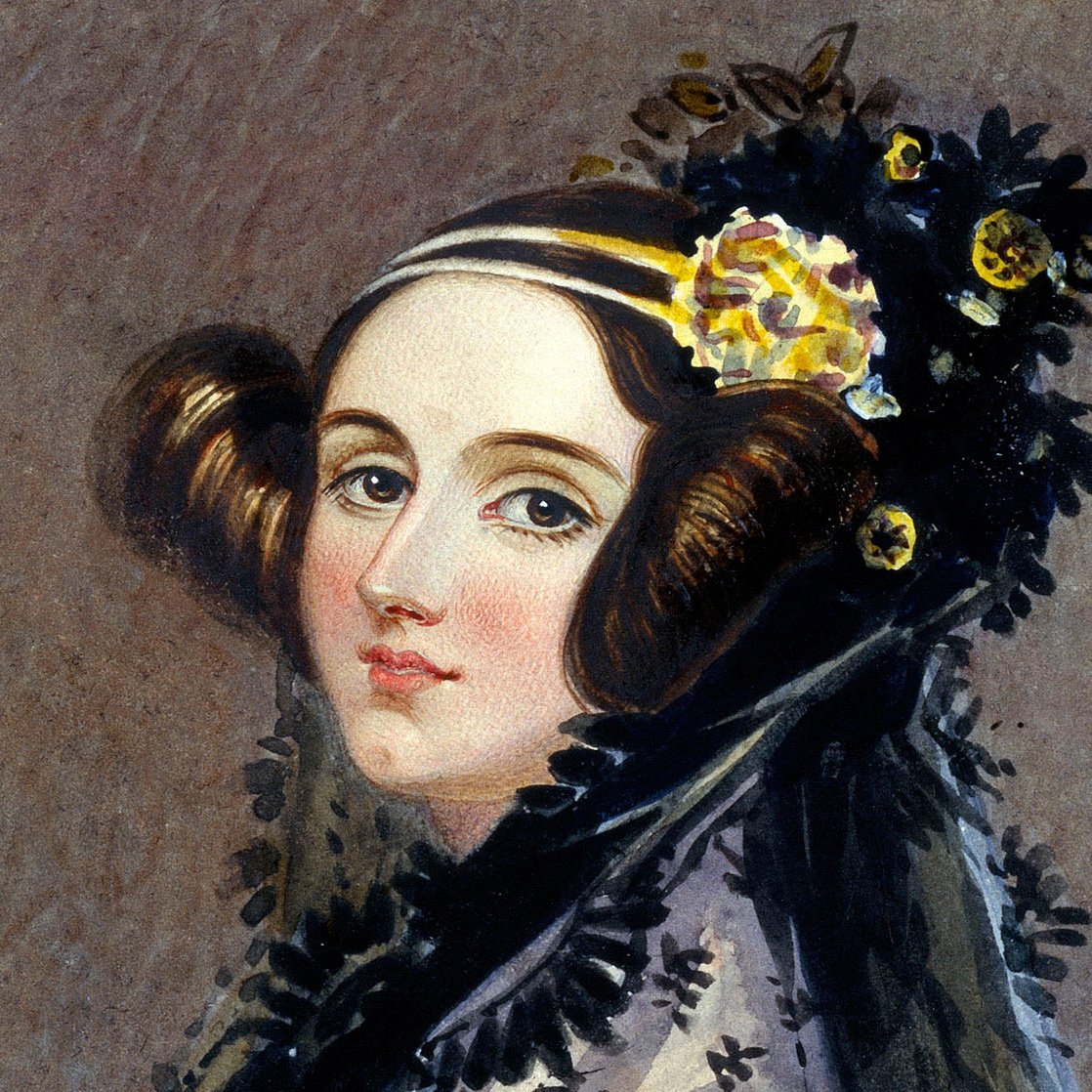It does appear that an altercation did actually happen between two individuals, but how this escalated into a major incident is as yet unclear.
The same happened in the early days of radio. In a famous incident, Orson Wells directed and narrated an adaptation of H G Wells, War of the Worlds.
There was a panic because the style of the adaptation was a radio news flash and breaking news. Some people thought that it was really happening, and there ensued mass panic. Well, over the next few days the traditional media complained about the need to regulate this new field and blamed the irresponsibility of radio for the problems.
Except, that the panic may never have actually happened. It was a good story; however, the number of listeners was probably too small to have had the effect claimed. It certainly did Orson Wells no end of good.
The problem is one of confirmation bias, or post hoc ergo propter hoc as lawyers might say.
What we know is that nine people were taken to hospital (at least I think that that’s the official number). What I’d like to know is how many people go to hospital on an average day from the Oxford Street area, especially in the run up to Christmas. I suspect it might be around nine.
The important thing that we can learn from the Martian landings is that we have been here before. How many times has radio since had an equivalent?
The April Fool’s day Panorama in 1957, about the failure of the spaghetti harvest shows that in the early years of TV similar incidents happened. The story is worth reading. I do not have a spaghetti tree in my garden, though it would be fun.
20 years later the Guardian pulled off its best April Fool’s hoax, San Serriffe.
The difference, with social media is that rather than a handful of broadcasters, publishers and statutory organisations there are many individuals who have reach. How they use it is important, but I suspect over time, society will become more aware and sceptical. At the same time, traditional media, fearful of the upstart may become more vociferous in their own defence.
As Douglas Adams put it best, ‘DON’T PANIC’.
Now if Donald Trump or a Russian bot tweets that the Martians have landed, look for evidence first.












